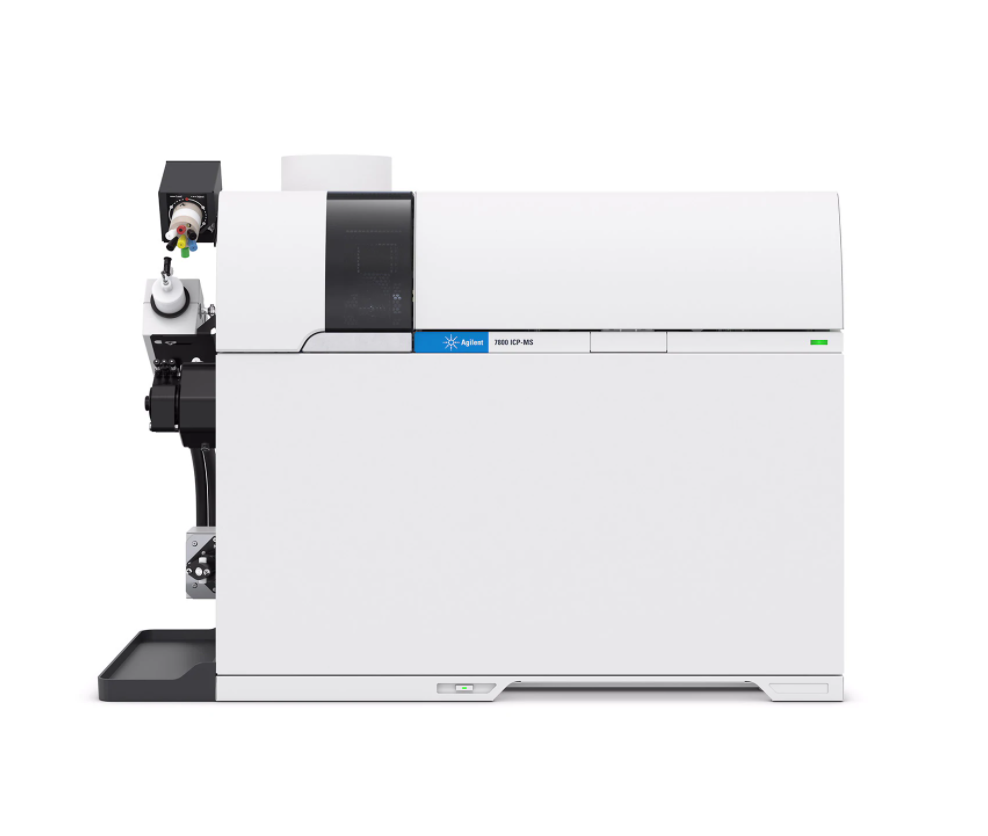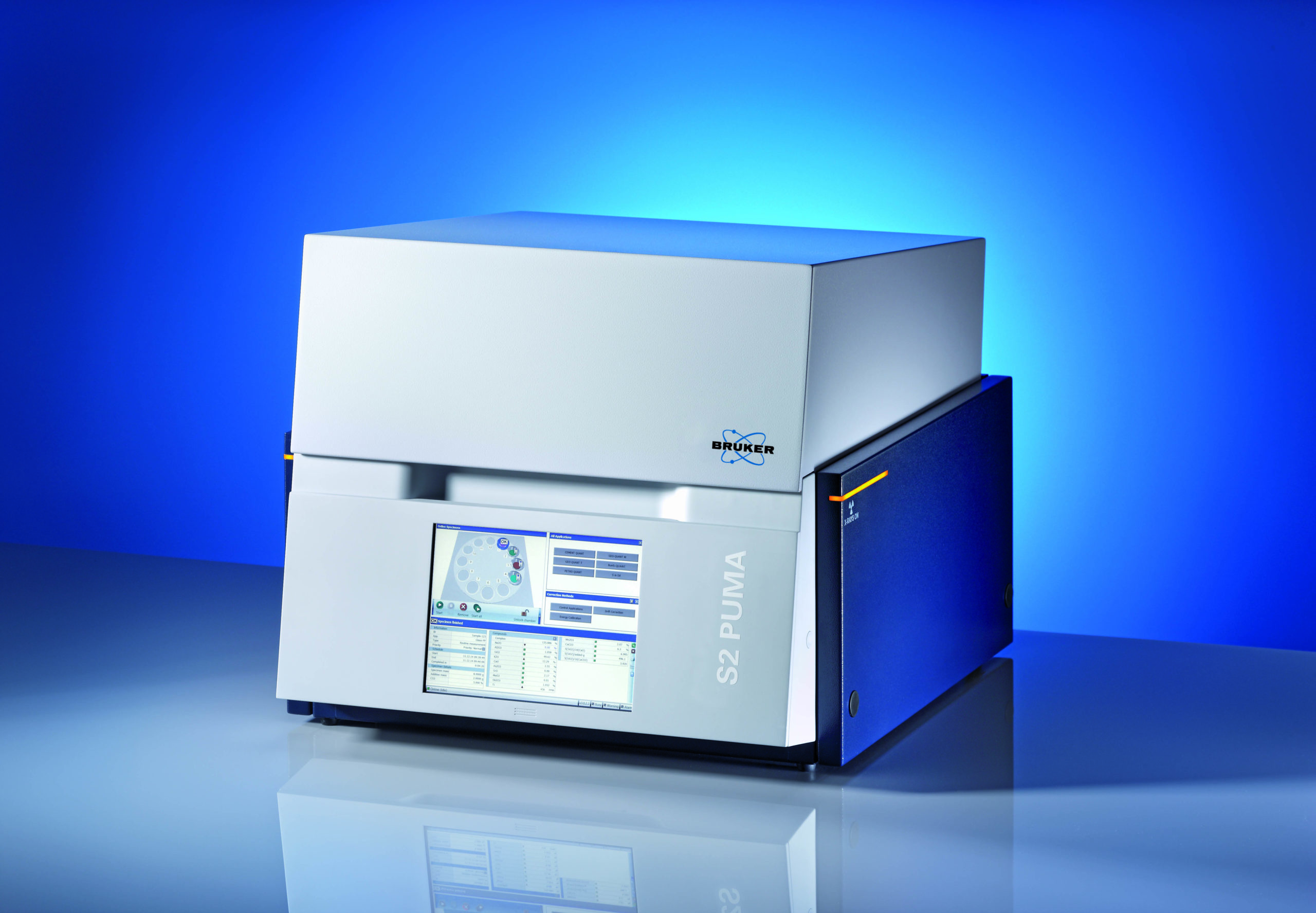Article
Introducing the new Bruker D6 PHASER XRD Benchtop X-Ray Diffraction Platform for Materials Analysis and Advanced Research

The US Food and Drug Administration announced that it is pursuing a plan to address high levels of heavy metals in baby foods. Although the agency has set maximum allowable levels of metals like lead in bottled water, it has not regulated levels of metals in baby and toddler foods (with the exception of arsenic in rice cereal). The plan is called “Closer to Zero”.
The heavy metals of concern include lead, arsenic, cadmium and mercury. It is important to know that these elements occur in our air, water and soil, so there are limits to how low these levels can be. Heavy metals can leach into fruits and vegetables from soil or water contaminated by pesticides, fertilizers and other sources. They can also be introduced to baby foods as additives and mineral or vitamin mixes. The FDA’s goal is to reduce the levels of arsenic, lead, cadmium and mercury in baby and toddler foods to the greatest extent possible.
Protecting babies and young children is among the U.S. Food and Drug Administration’s highest priorities. Although the FDA’s testing shows that children are not at an immediate health risk from exposure to toxic elements at the levels found in foods, reducing levels of toxic elements in these foods over time is an important goal.
Research shows exposure to even small amounts of heavy metals at an early age may increase the risk of several health problems, including lower IQ and behavior problems. Research has also linked heavy metal exposure to autism and attention deficit/hyperactivity disorder. The FDA has a limit of 100 parts per billion (ppb) of inorganic arsenic in baby rice cereals, but not for other baby foods, nor any limits for other heavy metals in foods made for young children.

The Closer to Zero plan includes research and evaluation of changes in dietary exposures to toxic elements, setting action levels (recommended limits of toxic elements in foods that can be achieved by industry and progressively lowered as appropriate), encouraging adoption of best practices by industry, and monitoring progress.
The Closer to Zero action plan will occur in three phases:
The FDA intends to draft maximum levels of lead in baby and toddler food by April 2022, and for arsenic by April 2024. The FDA has not announced dates for draft rules for cadmium and mercury, although the agency intends to gather and examine data. A final ruling on lead levels will be issued by April 2024, with a final arsenic level ruling after that.
Elemental analysis of food guarantees that contaminants are monitored and that foreign particles within the food matrix are detected. Other quality control applications include the inspection of mineral supplements and other vital mineral elements. ICP-MS instruments are suitable for the routine, multi-element screening of trace level elements and high concentration mineral elements in foods, ensuring quality control of elemental nutrients as well as contaminants.

Since contaminant elements are only likely to be present in food samples at low concentrations, an analytical technique that can achieve low limits of detection is needed for the application. ICP-MS is a fast, multi-element analysis technique with the necessary sensitivity, and dynamic range to measure nutrient and contaminant elements in fortified food products. With recent improvements in its usability and robustness, ICP-MS is increasingly used for the high throughput, routine analysis of foods. The Agilent 7800 ICP-MS offers superior detection limits, wider dynamic range and greater flexibility.
The 7800 ICP-MS system is an ideal instrument for:
XRF is a powerful technique that provides rapid and reliable raw material identification. An XRF can not only identify a material (e.g., NaCl vs. KCl) but also the determine its purity (e.g., traces of toxic metals). The S2 PUMA Series 2, an energy dispersive XRF (EDXRF) spectrometer comes with a powerful and versatile standardless solution, SMART-QUANT FP, enabling fast qualitative and quantitative screening of raw materials. The 22-postion XY Autochanger allows to load large batches and individual priority samples at any time, enabling high throughput and flexibility.

Accurately quantifying heavy metals is not only vital to food safety and consumer health, but can also be used to deter fraudulent labeling of a food’s origin since the metal content can be used to identify provenance. Analytical testing of these trace metals can be challenging since the measurement of total metals is sometimes not sufficient, and it may be necessary to differentiate between organic and inorganic species.
Since contaminant elements are only likely to be present in food samples at low concentrations, the Agilent 7800 ICP-MS instrument is an ideal solution to achieve the low detection limits needed for heavy metals analysis in food. ICP-MS is a fast, multi-element analysis technique with the necessary sensitivity, and dynamic range to measure nutrient and contaminant elements in fortified food products. The S2 PUMA Series 2 Benchtop EDXRF is an ideal instrument for a variety of quality control and assurance tasks in food manufacturing and research.
Quantum Analytics is an authorized distributor of the Agilent 7800 ICP-MS and the Bruker S2 PUMA EDXRF instruments in the United States. To discuss your application, or if you are interested in financing your instrument, please contact us to get started.
Additional resources related to heavy metals testing in food using elemental analysis:
References:
Put our expertise, strategic partnerships, and technical support capabilities to work for you.
8301 New Trails Drive, Suite 100, The Woodlands, Texas 77381
© 2024 Quantum Analytics | A Black Forest Ventures Company | All Rights Reserved | Privacy Policy
Complete this form below and we’ll be in touch shortly!
Complete this form below to sign up and we will reach out to you with instructions
Complete this form below to give us some context about you and your needs.
Our sales team will be in touch shortly

